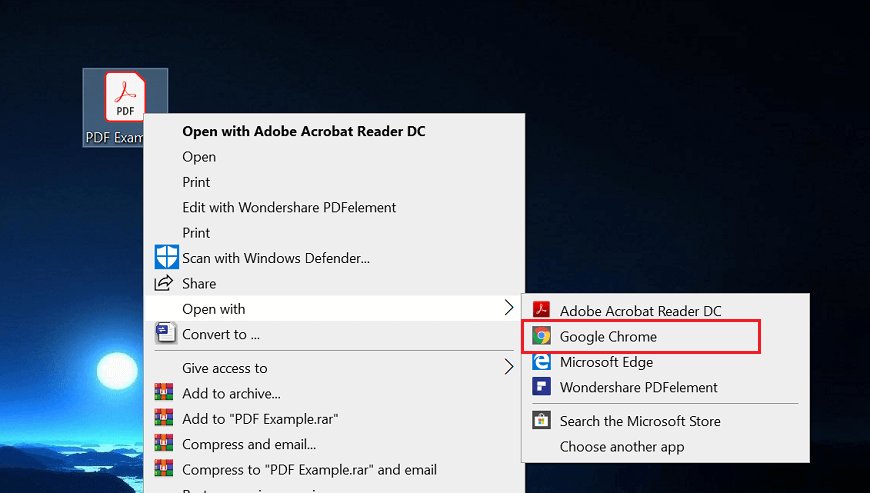

We use this information to complete transactions, fulfill orders, communicate with individuals placing orders or visiting the online store, and for related purposes. Online Storeįor orders and purchases placed through our online store on this site, we collect order details, name, institution name and address (if applicable), email address, phone number, shipping and billing addresses, credit/debit card information, shipping options and any instructions. We use this information to address the inquiry and respond to the question. To conduct business and deliver products and services, Pearson collects and uses personal information in several ways in connection with this site, including: Questions and Inquiriesįor inquiries and questions, we collect the inquiry or question, together with name, contact details (email address, phone number and mailing address) and any other additional information voluntarily submitted to us through a Contact Us form or an email. Please note that other Pearson websites and online products and services have their own separate privacy policies. This privacy notice provides an overview of our commitment to privacy and describes how we collect, protect, use and share personal information collected through this site. Pearson Education, Inc., 221 River Street, Hoboken, New Jersey 07030, (Pearson) presents this site to provide information about Adobe Press products and services that can be purchased through this site. Ask your printer whether you should save your file in a PDF/X format. PDF/X-1a, PDF/X-3, and PDF/X-4 are the most popular formats each is designed for a different purpose. Using PDF/X-compliant files eliminates the most common errors in file preparation: fonts that aren't embedded, incorrect color spaces, missing images, and overprinting and trapping issues. PDF/X is a subset of the Adobe PDF specification, and it requires that PDF files meet specific criteria, resulting in more reliable PDF files.
#FLATTEN PDF ACROBAT 9 PROFESSIONAL#
No matter where you're creating a PDF file for professional printing, ensure that you're using the Press-Quality PDF settings file or the settings file recommended by your printer. By default, Acrobat PDFMaker in Microsoft Office creates PDF files using the Standard settings file, which doesn't meet the requirements for most high-end printing. The PDF settings file determines how image data is saved, whether fonts are embedded, and whether colors are converted. When you create the PDF file, make sure that you're using the appropriate settings.
#FLATTEN PDF ACROBAT 9 LICENSE#
Read the end-user license agreement (EULA) before purchasing a font, to ensure that it permits embedding. To minimize the chance of complications, embed fonts in the PDF file. Certainly, technical problems found while you're still working in the authoring program are easier to fix than problems found in Acrobat or on a printing press. The earlier you can identify and fix a problem, the easier and less expensive it is to fix. Additionally, if the authoring application provides a preflight feature, use it to identify missing fonts, unlinked images, or other issues that could result in problems down the road.

Carefully proof the content and formatting before creating a PDF file. Early in the workflow, you have more context for problems, and more options for fixing them.

Therefore, the printed product will most closely resemble your original intent if you minimize conversions. Every time you convert text, objects, or color, you compromise the integrity of the file.


 0 kommentar(er)
0 kommentar(er)
